INTRODUCING

New Generation of AI Solution Designed for the Assessment of Complex AF & AT during ablation procedures.1

Volta AF-Xplorer™ II brings the acute and long-term outcomes of expert electrophysiologists inside the EP lab,1 by automatically detecting dispersed electrograms, indicative of arrhythmia’s drivers.3
Volta AF-Xplorer™ II provides an analysis of spatio-temporal dispersed EGMs based on dispersion time and intensity stability, that further characterize the level of dispersion and goes beyond human interpretation.1,5



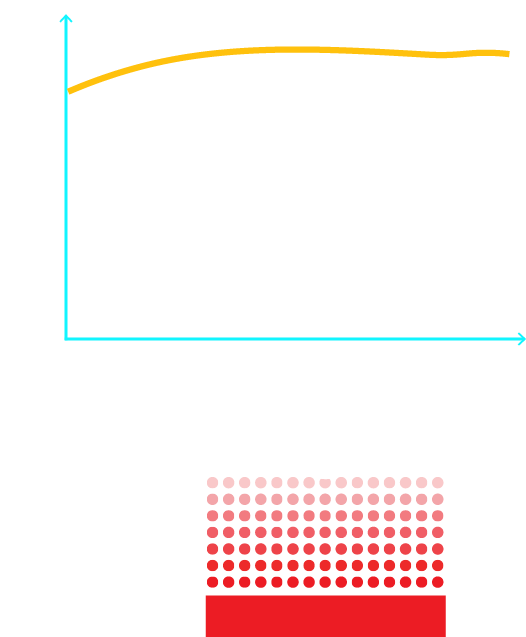
832,250
EGMs samples in the database from Europe & the USA
3X
larger database than previous version
Annotations from electrophysiologists from both geographies
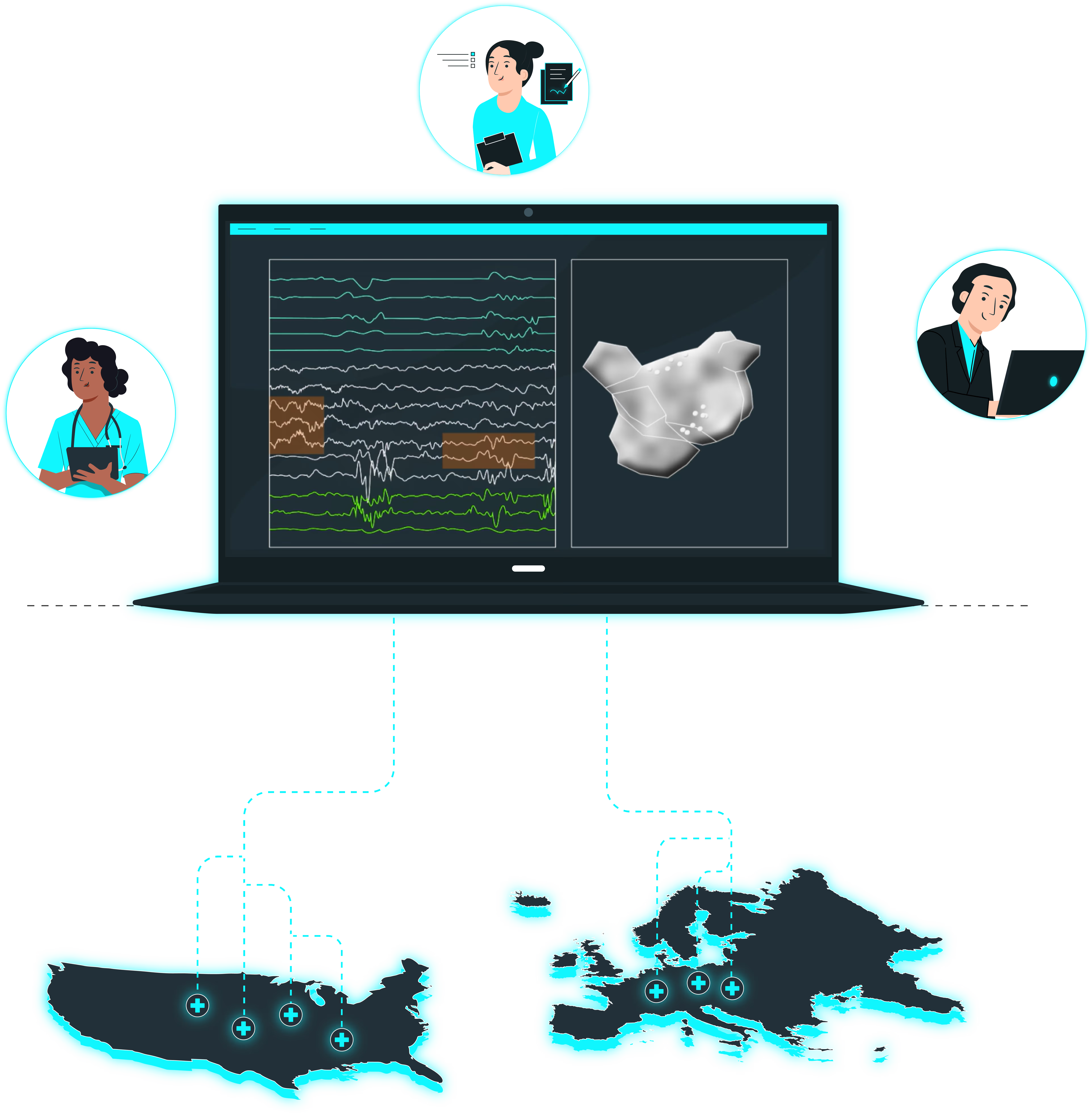
Seamless Integration
The Volta AF-Xplorer™ II interface can be embedded in the CardioLab AltiX AI.i screen. This setup offers a customizable side-by-side display that supports a smooth workflow and simplifies boom integration1.
The integration provides a minimal footprint solution by removing duplicate accessories (shared keyboard, mouse and screen)1.
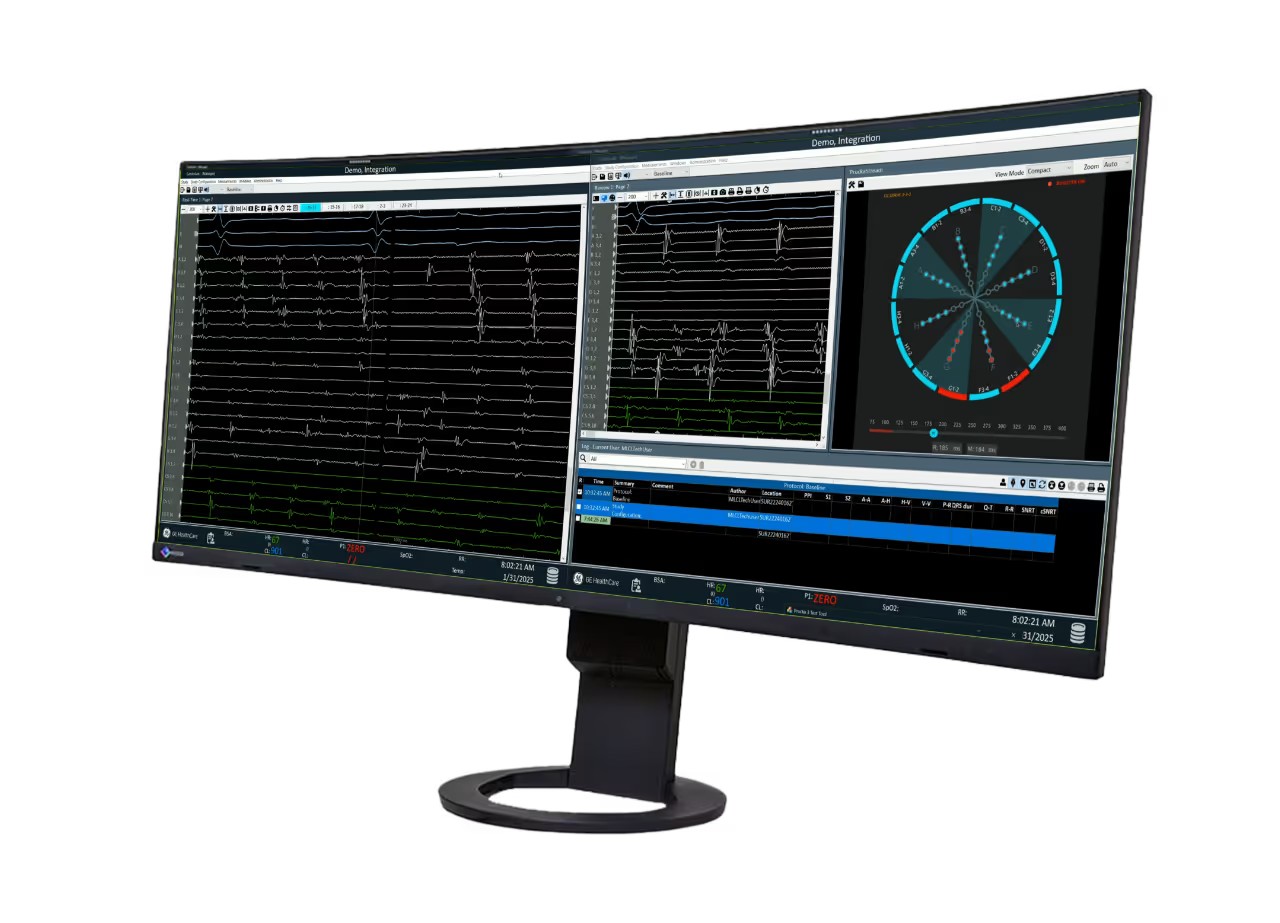
Maximizing Workflow Efficiency
Expanded channel capabilities allow assesment of additional bipolar electrograms1, which can improve procedural efficiency.
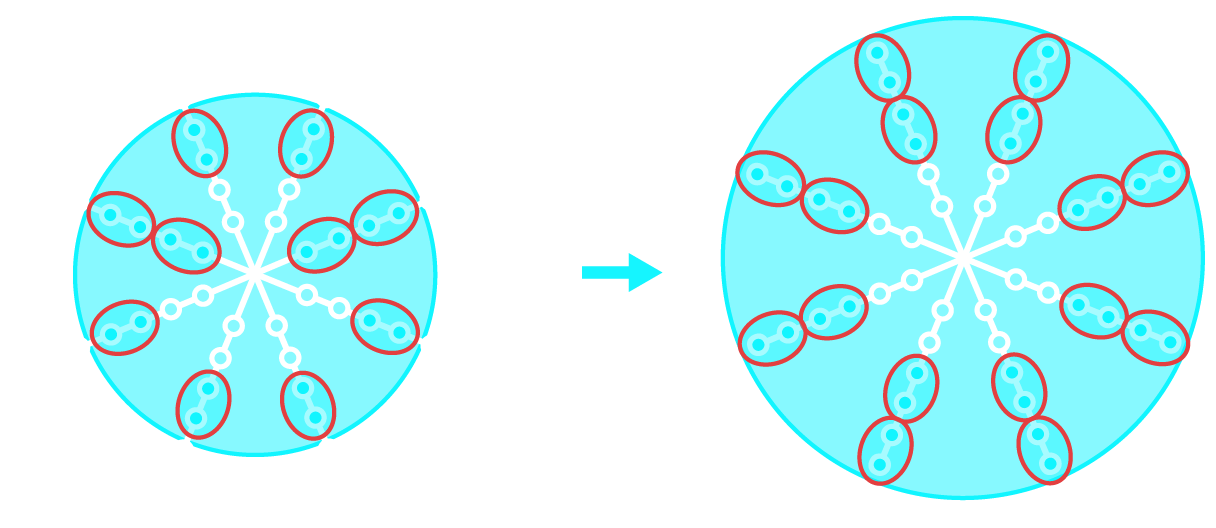
Increased coverage for large-profile Octaray
Compatible with the major EP Recording systems, 3D navigation systems and mapping catheters, now including PFA catheters, for a tailored and intuitive workflow.1

MAPPING CATHETER SCHEMATIC
STANDARD DISPERSION INDICATOR: Red: dispersed electrograms. Blue: non-dispersed electrograms.
HIGHLY STABLE DISPERSION INDICATOR: Dispersion highly stable in time and intensity.
BOOSTER MODE: Can be activated during AT or slow AF to increase software sensitivity.
MAPPING AND REFERENCE CYCLE LENGTH: Cycle length estimated from real-time recordings obtained with the mapping and coronary sinus catheter.1
STANDARD DISPERSION TAGS (white)
HIGHLY STABLE DISPERSION TAGS (yellow)
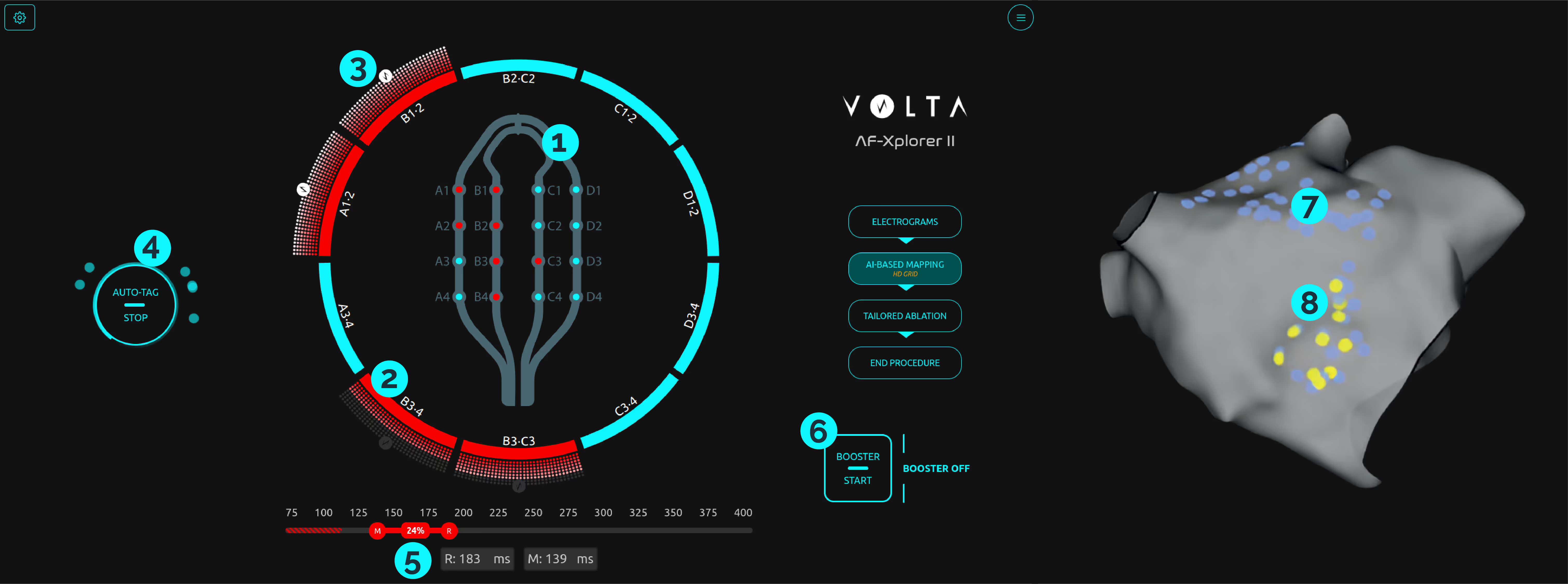
MAPPING CATHETER SCHEMATIC
STANDARD DISPERSION INDICATOR: Red: dispersed electrograms. Blue: non-dispersed electrograms.
HIGHLY STABLE DISPERSION INDICATOR: Dispersion highly stable in time and intensity.
AUTOTAGGING: Allows for the automated tagging of regions of interest on the mapping system (only available with EnSite X‡).
BOOSTER MODE: Can be activated during AT or slow AF to increase software sensitivity.
MAPPING AND REFERENCE CYCLE LENGTH: Cycle length estimated from real-time recordings obtained with the mapping and coronary sinus catheter.
STANDARD DISPERSION TAGS (periwinkle)
HIGHLY STABLE DISPERSION TAGS (yellow)
Now Compatible With Affera Sphere-9 One-Catheter Workflow

MAPPING CATHETER SCHEMATIC
STANDARD DISPERSION INDICATOR: Red: dispersed electrograms. Blue: non-dispersed electrograms.
HIGHLY STABLE DISPERSION INDICATOR: Dispersion highly stable in time and intensity.
BOOSTER MODE: Can be activated during AT or slow AF to increase software sensitivity.
MAPPING AND REFERENCE CYCLE LENGTH: Cycle length estimated from real-time recordings obtained with the mapping and coronary sinus catheter.1
DISPERSION TAGS (blue)

MAPPING CATHETER SCHEMATIC
STANDARD DISPERSION INDICATOR: Red: dispersed electrograms. Blue: non-dispersed electrograms.
HIGHLY STABLE DISPERSION INDICATOR: Dispersion highly stable in time and intensity.
BOOSTER MODE: Can be activated during AT or slow AF to increase software sensitivity.
MAPPING AND REFERENCE CYCLE LENGTH: Cycle length estimated from real-time recordings obtained with the mapping and coronary sinus catheter.
STANDARD DISPERSION TAGS (white)
HIGHLY STABLE DISPERSION TAGS (yellow)
CLINICAL EVIDENCE
Volta AF-Xplorer™ II is supported by an ambitious large-scale clinical program, adressing the most complex and underserved AF populations.